|
The leaves on the trees are changing indicating cooler temperatures and more importantly, winter time is on its' way. Why is that important to mini pig parents? It means that the time has come to prepare for cold weather. It's best to prepare for the winter months now rather than on the eve of the first overnight freeze. Many many pigs live outdoors all year long, but those pigs have accommodations for that. You cannot put a pig who sleeps indoors outside in 20 degree weather with no outdoor structure to keep them warm. That's cruel and preventable by taking the steps now to be sure your pig doesn't have to suffer. If your home is anything like mine, your pig spends a lot of time outdoors during the day. Like most animals, pigs are not fans of super cold days. Most pigs aren't huge fans of rain or snow either. (though there are always exceptions) Depending on your location, you may have mild or harsh winters and you should be prepared for whatever season is approaching. If you live in an area where winters are relatively mild, you may not need to make many adjustments like someone who lives in Northern areas, where there is often feet of snow on the ground every year, may have to make. So what do you need for the winter for your mini pig? Let's start with outdoor space/housing. Obviously we promote and encourage every pig to spend time outdoors, however, if there is not appropriate shelter or areas for your pig outdoors, this can be problematic. If it's too cold for you outside, it's too cold for your pig. The first thing you should keep in mind is a fenced in or secure yard for your pig. (this is a given and assumed to already be in place regardless of the season) The second thing to consider is an outdoor structure. This structure should be enclosed, free from drafts and have an opening big enough for your pig to get in and out of without having to duck. This space should be large enough to accommodate your pigs size and also roomy enough for your pig to be able to freely turn around. This structure should have a floor of some kind, ideally it would be off the ground. The contents inside your structure are almost as important as the structure itself. There must be some kind of insulator during the cold season. Some have purchased heat/AC units for their pigs outside house while others are a bit more conservative, nonetheless, there must be something to keep your pig warm. Insulation can come in many forms, some use blankets, straw, hay and/or other things they have within the household. We do not recommend the use of blankets as many pigs will rip them into pieces and the possibility of an obstruction is increased tenfold. There is a risk for choking as well. There is an argument over which is better, hay or straw. I feel like this is a personal decision, but heres some information that you may find useful about these 2 things. Straw, the dry leftover stalks from harvested crops, repels moisture, making it the best bedding for outdoor shelters.... The easiest way to tell the difference between straw and hay is the price: hay generally costs two or three times more than straw. Straw is normally used for a bedding material, while hay is used as a feed supplement. Straw is dried out and works well for building nests and providing cushioning for animals to sleep in. It is not moist like hay and is unlikely to mold. There are various different types of hay available such as timothy, alfalfa, etc. but hay is generally grasses, and also some grains, leaves, and legumes that have been harvested, dried and baled for use as animal fodder (or feed) before the seeds have formed (the formation of the seeds lowers hay’s nutritional value). Straw is primarily livestock bedding. Straw is a by-product of the harvest, usually the stalks and stems of the cereal grains or grasses such as oats, barley, rye or wheat, which are harvested after the plants are dead, so straw is far drier and doesn’t smell nearly as good, although I think it does still have a nice, albeit it more faint, farm-y smell! Occasionally there will be some kernels left at the tips of the stalks (the chickens love to eat those!), but straw is mostly hollow stems. Although pigs can eat straw, there isn’t as much nutritional value in straw as there is in hay. Because of the hollow stalks, many say that straw doesn't insulate as well as hay, but as I mentioned before, that is a personal decision you have to make. Straw typically costs less than hay and your pig may snack on the hay that's being used for their bedding in an outdoor enclosure. Straw: repels moisture, cheaper, lasts longer. Hay: more efficient as an insulator, can also supplement feeding, can mold, so it will need to be changed (or at least checked) more frequently. The use of heat lamps is highly debated. There are safe ways to incorporate heat lamps into your pigs space, but SAFETY is key. You cannot use a heat lamp in small areas where your pig could get burned or the heat lamp could heat up anything that will catch fire. You must ensure your pig is safe first and foremost. I am not an expert on heat lamps, therefore, I can only say use common sense. If you are going to use a heat lamp or any device that heats a surface directly like a heat lamp, you will need to be sure the contents below are flame resistant or the device is up high enough where it cannot do harm to your pig. If it's especially cold outside, a pig will snuggle up to a heat source and will likely lay there and get burned and not even realize it. They certainly do that in the summer months laying in the sun. Acorns. UGH. If you are lucky enough to live in an area that is shaded by beautiful oak trees, you likely suffer through acorn hell like others of us have to do. Why is this a problem? Who doesn't love a great oak tree? ME! When eaten in excess, acorns have the potential to be toxic to pigs. Some pigs can eat them and never experience any issues while others eat them and start developing kidney or liver issues. Again, this occurs when acorns are eaten in excessive or massive amounts, not an acorn scattered here and there. If you have a pen or backyard with a lot of acorn trees, you may or may not have noticed acorns on the ground. If you have one pig who spends time outdoors and notice your single pig snacking on these acorns, this may be a problem later in the season. This isn't always the case, so please don't panic. I am simply mentioning it because it is a possibility. My own pig was diagnosed with acorn toxicity a few years ago because of excessive acorn consumption. So how do you handle ankle deep acorns and a mini pig? You can rake them up and remove them, you can cut down trees or you can do what I do and use a "yard vacuum" or shop vac to collect as many acorns as possible when you can. My routine includes getting up 30 minutes early and vacuuming my yard before the morning feeding. I do this a 2nd time in the afternoon to collect acorns that have fallen throughout the day into my backyard. There are times when tree removal is impossible, like literally. If you happen to live on the water, some trees are protected by waterway laws, or perhaps it isn't financially feasible to remove offensive trees or maybe you love the trees and shade they provide. Again, just something to be aware of and prepare for should you have excessive amounts of acorns that fall into an area that your pig has unlimited access to. How do you get an unwilling pig to go outside on those frigid days? Great question. This is a common problem for many of us actually. And there is a simple solution too. Feed your pig outside. Period. Guess what? Your pig will willingly go outside because your pig will want to eat. Some use treats to coerce a stubborn pig to go outside to potty or just spend some time outside. While this is usually effective, it isn't the ideal solution. Making outdoor time part of your pigs routine, a mandatory part of their routine, this doesn't leave much room for protest on your pigs part. Feeding your pig outside accomplishes a few things, one: provides outdoor time, two: promotes activity in general, three: eliminates a messy floor from a sloppy eater, four: lays groundwork for the overall routine so you don't have to fight with your pig to go outside during inclement weather. If you have some method that works for you, obviously keep it up. But keep an open mind because there may be other methods and/or something that is more effective or efficient. What about ice? That is definitely something people need to be mindful of BEFORE the winter season is breathing down our necks. Often times, storms are predicted, but there are times when we are surprised by snowfall or ice storms. In these cases, there isn't much you can do as far as preventative measures are concerned, but you can certainly have the tools needed to handle situations like that available to you. Keep a tarp on hand, keep a snow shovel in your garage, have basic things to help you when surprise storms occur. Using a tarp to cover walk ways can leave an essentially untouched area for your pig. I use tarps to cover a path on my back deck, my pigs ramp and a path all the way to her outdoor house. The tarp is laid down before the storm and when my pig needs access to those areas, i simply pick the tarp up which also removes any snow or ice that is on top of it leaving a nice clean ground/surface for my pig to walk on. While it's not a perfect solution, it is an effective way for me to keep an area clear of any snow or ice when my area has a freak snow storm. (I live in coastal Virginia, it's rare that we have significant snowfall or ice storms) But just last year, we had blizzard warnings in my city and even though my city wasn't as prepared as I would've liked them to be, my pig didn't notice much change in her primary areas as I kept those areas completely clear during the height of the storm. Sawdust is another pig-friendly product that can be used to reduce ice/snow on surfaces where your pig needs to walk. Pigs that can't get traction is an accident waiting to happen, so preparing for worst case scenario's is the best way to prevent accidents or injuries. Keep in mind, with colder weather, the grass isn't going to be growing limiting the desire to forage around eating it. Have a back up plan. Create some enrichment items for your pig. You can easily build things using inexpensive items found at most home supply stores like Lowe's or Home Depot. PVC can be used for enrichment by building a stand (however you wish) and drilling holes in PVC, using rope to suspend it from the stand you build or use and fill with treats that will fit through the holes you drilled can be something your pig uses on a daily basis that also provides stimulation. Activity and exercise needs to be encouraged during the colder months as winter weight gain can be a problem due to the drop in activity/exercise when it's cold outside. The less common, but equally important things that you should be aware of are things like antifreeze leakage, winterizing of pools and/or other household things, poisons (like rat poison or snail poison), the use of salt for melting ice....just know what's being used in the areas your pig has access to.
Hopefully these tips help you prepare for the upcoming winter season. Feel free to read more about winter time concerns and mini pigs by clicking here.
6 Comments
Beth Brown
10/16/2017 10:55:26 am
We have a major acorn problem where the pigs roam and we found the Garden Weasel (small)! After breaking our backs going out into the yard before the pigs several times a day, we found this great device online! You just roll it over the acorns and it traps them! Highly recommend!
Reply
Hey
11/14/2017 10:39:56 pm
I felt necessary to tell you that one of the pictures with a "pig" written on the white door (door_orig.jpeg) is a crime scene photo, specifically of The Tate-Labianca Murders which happened in 1969.
Reply
12/18/2017 01:32:16 pm
I need help! I took in this pig and have dogs. Bully breed - the most misunderstood breed. I have 4 & a Chihuahua mix .
Reply
Boba Fatty
12/29/2017 09:37:33 am
Is she spayed? If not this usually stops most agressiveness.
Reply
5/28/2024 06:25:11 am
It sounds like you're really dedicated to providing the best care for your mini pig during winter! Ensuring they have a secure and insulated outdoor structure is so important, especially when the temperatures drop. I completely agree that if it's too cold for us, it's definitely too cold for our pigs. The advice about using hay or straw instead of blankets is really practical, considering the potential risks. It's great to see such thoughtful preparation for our animal friends. For those looking for additional help, the best custom writing services can offer more detailed guidance and personalized plans for mini pig care.
Reply
Leave a Reply. |
AuthorsBrittany Sawyer Archives
July 2019
Categories
All
|
-
- Direct Links To Website Content
- Read BEFORE You Add A Pig To Your Family
- Mini Pig Info Mission
- Teacup/Micro Pig Myth
- What Is A Mini Pig?
- Mini Pig Breeds: Which Ones Are Really Breeds?
- Adoptable Mini Pigs
- Are You As Smart As Your Pig?
- Mini Pig Info Education Series
- Social Media Feeds
- Zoonotic Diseases & Mini Pigs
- Mini Pigs Are NOT Gifts!
- Media/News Links
-
- Pig Health Forms: Tools To Use To Determine If Your Pig Is Sick
-
- Mini Pigs & Erysipelas: Life Saving Info About This Disease
- Dippity Pig Syndrome In Mini Pigs
- Mini Pig Salt Toxicity/Water Deprivation
- Leptospirosis In Mini Pigs
- Swine Pox & Mini Pigs
- Gastric Ulcers: Common Problem For Mini Pigs
- Brucellosis And Mini Pigs
- Mini Pig Pneumonia & Swine Flu
- Foot and Mouth Disease (FMD): A Problem For Pigs In Other Countires
- Pseudorabies: Is My Mini Pig At Risk?
- Mycoplasma Hyosynoviae & Mini Pigs
- Head Tilt In Mini Pigs
- Mini Pig Obstructions: How To Reduce The Risk For Your Pig
- Seizures In Mini Pigs
- Mini Pig Salmonellosis
- PSS (Porcine Stress Syndrome)
- Urinary Tract Infections (UTI) In Mini Pigs
- Urinary Blockages: A Serious Problem For Mini Pigs
- Arthritis And Mini Pigs
- Mini Pig Artophic Rhinitis
- Mini Pig Heart Disease Possibilities
- Common Mini Pig Gastrointestinal Disorders
- Mini Pigs & Pasteurellosis
- Mini Pigs And Rabies
- Mini Pig Genetic Abnormalities
- MIni Pigs & Cancer
- Mini Pig Cough
- Causes For Sudden Death In Mini Pigs
-
- Mini Pig Approved Foods
- Natural Diet For Mini Pigs: How To Create A All-Natural Diet For Your Pig
- Balancing Your Mini Pigs Diet With Activity
- Mini Pig Feed Concerns: Bad/Spoiled Feed
- Mini Pig Nutritional Deficiencies
- How To Estimate A Pigs Weight Without A Scale
- Mini Pig Body Scoring: What Does An Unhealthy Mini Pig Look Like?
- How To Help Your Mini Pig Lose Weight
- Mini Pig Treats And Recipes
- Mini Pig Hydration: The Importance Of Water
-
- Mini Pig CPR/Heimlich Manuever
- Mini Pig Constipation
- How To Treat A Vomiting Mini Pig
- What To Do If Your Mini Pig Gorges On Food?
- Salt Toxicity/Water Deprivation In Mini Pigs
- How To Treat A Fever In Mini Pigs
- Basic Wound Care For Mini Pigs
- Acute Mini Pig Paralysis
- Mini Pig Shock
- What To Do If Your Mini Pig Sustains A Fracture?
- Treatment For Mini Pig Diarrhea
- Hidden Dangers For Mini Pigs: Snakes & Spiders
- Mini Pig Emergency Supplies
- Most Common Mini Pig Problems
-
- Underaged Piglets- The Dangers & Amount Of Care Involved
- How To Estimate The Age Of A Mini Pig
- Mini Pigs and Dogs- Predator Versus Prey- A Risky Combination
- Mini Pig Name Suggestions
- Bathing Mini Pigs
- Mini Pig Travel Regulations
- Mini Pig FAQ
- "Forking" Mini Pigs- No, We Aren't Talking About Eating!
- Mini Pig Potty Training Tips
- Pigs And Stairs: A Potentially Flawed Living Arrangement
- Capturing A Mini Pig On The Loose
- Indoor Mini Pig Spaces
-
-
- Mini Pig Sounds 101
- Mini Pig Harness Training
- Important Information & Tips For Training Your Mini Pig
- Teaching Your Pig To Do Tricks
- Decoding Mini Pig Behavioral Problems
- Mini Pig Behavior: A Quick Introduction
- Common Behavioral Issues In Mini Pigs
- Move The Pig By Lydia Weaver
- Food Aggression In Mini Pigs
- Aggressive Mini Pigs
- Spoiled Pig Syndrome
- ESA (Emotional Support Animals)/Therapy Pets And Service Animals: What Applies To My Mini Pig?
- Mini Pigs Can Be Fun: Training Your Pig Is Key!
-
- Mini Pig Themed Greeting Cards
- Mini Pig DIY Items: Ideas & Inspiration
- Mini Pig Community Chat Forum
- The Loss Of Your Mini Pig
- Website Survey & Various MPI Video Collection
- Mini Pig Research/News Links
- PAL (Pig Advocates League): Our Nonprofit Sister Organization
- Kids Corner: Mini Pig Items For Kids
- Mini Pig Meme's:
- Mini Pig Sitters
- Mini Pig Outreach-Educational Information
- Community Groups For Mini Pig Parents
- "Pigtionary"
- Pig Anatomy and Terminology
- Mini Pig Info Store
- Dear Pig Whisperers Blog
-
- Direct Links To Website Content
- Read BEFORE You Add A Pig To Your Family
- Mini Pig Info Mission
- Teacup/Micro Pig Myth
- What Is A Mini Pig?
- Mini Pig Breeds: Which Ones Are Really Breeds?
- Adoptable Mini Pigs
- Are You As Smart As Your Pig?
- Mini Pig Info Education Series
- Social Media Feeds
- Zoonotic Diseases & Mini Pigs
- Mini Pigs Are NOT Gifts!
- Media/News Links
-
- Pig Health Forms: Tools To Use To Determine If Your Pig Is Sick
-
- Mini Pigs & Erysipelas: Life Saving Info About This Disease
- Dippity Pig Syndrome In Mini Pigs
- Mini Pig Salt Toxicity/Water Deprivation
- Leptospirosis In Mini Pigs
- Swine Pox & Mini Pigs
- Gastric Ulcers: Common Problem For Mini Pigs
- Brucellosis And Mini Pigs
- Mini Pig Pneumonia & Swine Flu
- Foot and Mouth Disease (FMD): A Problem For Pigs In Other Countires
- Pseudorabies: Is My Mini Pig At Risk?
- Mycoplasma Hyosynoviae & Mini Pigs
- Head Tilt In Mini Pigs
- Mini Pig Obstructions: How To Reduce The Risk For Your Pig
- Seizures In Mini Pigs
- Mini Pig Salmonellosis
- PSS (Porcine Stress Syndrome)
- Urinary Tract Infections (UTI) In Mini Pigs
- Urinary Blockages: A Serious Problem For Mini Pigs
- Arthritis And Mini Pigs
- Mini Pig Artophic Rhinitis
- Mini Pig Heart Disease Possibilities
- Common Mini Pig Gastrointestinal Disorders
- Mini Pigs & Pasteurellosis
- Mini Pigs And Rabies
- Mini Pig Genetic Abnormalities
- MIni Pigs & Cancer
- Mini Pig Cough
- Causes For Sudden Death In Mini Pigs
-
- Mini Pig Approved Foods
- Natural Diet For Mini Pigs: How To Create A All-Natural Diet For Your Pig
- Balancing Your Mini Pigs Diet With Activity
- Mini Pig Feed Concerns: Bad/Spoiled Feed
- Mini Pig Nutritional Deficiencies
- How To Estimate A Pigs Weight Without A Scale
- Mini Pig Body Scoring: What Does An Unhealthy Mini Pig Look Like?
- How To Help Your Mini Pig Lose Weight
- Mini Pig Treats And Recipes
- Mini Pig Hydration: The Importance Of Water
-
- Mini Pig CPR/Heimlich Manuever
- Mini Pig Constipation
- How To Treat A Vomiting Mini Pig
- What To Do If Your Mini Pig Gorges On Food?
- Salt Toxicity/Water Deprivation In Mini Pigs
- How To Treat A Fever In Mini Pigs
- Basic Wound Care For Mini Pigs
- Acute Mini Pig Paralysis
- Mini Pig Shock
- What To Do If Your Mini Pig Sustains A Fracture?
- Treatment For Mini Pig Diarrhea
- Hidden Dangers For Mini Pigs: Snakes & Spiders
- Mini Pig Emergency Supplies
- Most Common Mini Pig Problems
-
- Underaged Piglets- The Dangers & Amount Of Care Involved
- How To Estimate The Age Of A Mini Pig
- Mini Pigs and Dogs- Predator Versus Prey- A Risky Combination
- Mini Pig Name Suggestions
- Bathing Mini Pigs
- Mini Pig Travel Regulations
- Mini Pig FAQ
- "Forking" Mini Pigs- No, We Aren't Talking About Eating!
- Mini Pig Potty Training Tips
- Pigs And Stairs: A Potentially Flawed Living Arrangement
- Capturing A Mini Pig On The Loose
- Indoor Mini Pig Spaces
-
-
- Mini Pig Sounds 101
- Mini Pig Harness Training
- Important Information & Tips For Training Your Mini Pig
- Teaching Your Pig To Do Tricks
- Decoding Mini Pig Behavioral Problems
- Mini Pig Behavior: A Quick Introduction
- Common Behavioral Issues In Mini Pigs
- Move The Pig By Lydia Weaver
- Food Aggression In Mini Pigs
- Aggressive Mini Pigs
- Spoiled Pig Syndrome
- ESA (Emotional Support Animals)/Therapy Pets And Service Animals: What Applies To My Mini Pig?
- Mini Pigs Can Be Fun: Training Your Pig Is Key!
-
- Mini Pig Themed Greeting Cards
- Mini Pig DIY Items: Ideas & Inspiration
- Mini Pig Community Chat Forum
- The Loss Of Your Mini Pig
- Website Survey & Various MPI Video Collection
- Mini Pig Research/News Links
- PAL (Pig Advocates League): Our Nonprofit Sister Organization
- Kids Corner: Mini Pig Items For Kids
- Mini Pig Meme's:
- Mini Pig Sitters
- Mini Pig Outreach-Educational Information
- Community Groups For Mini Pig Parents
- "Pigtionary"
- Pig Anatomy and Terminology
- Mini Pig Info Store
- Dear Pig Whisperers Blog

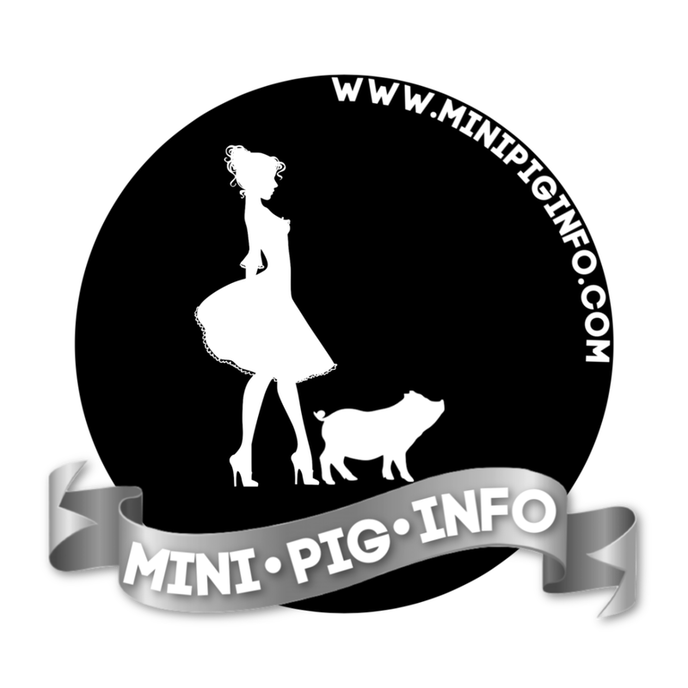
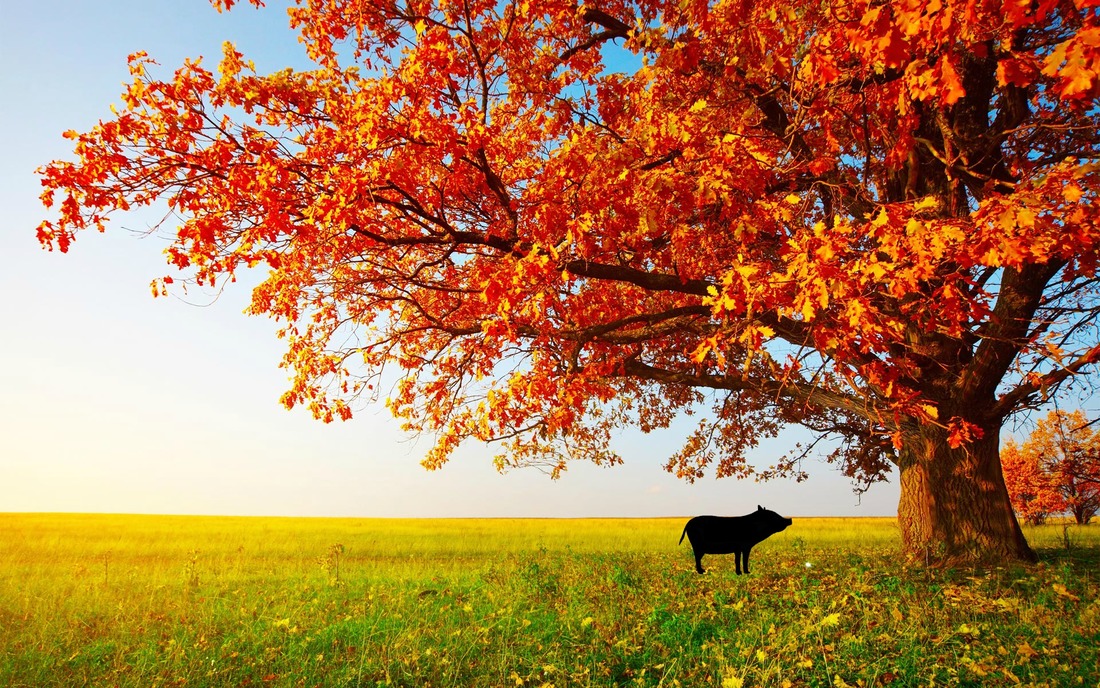
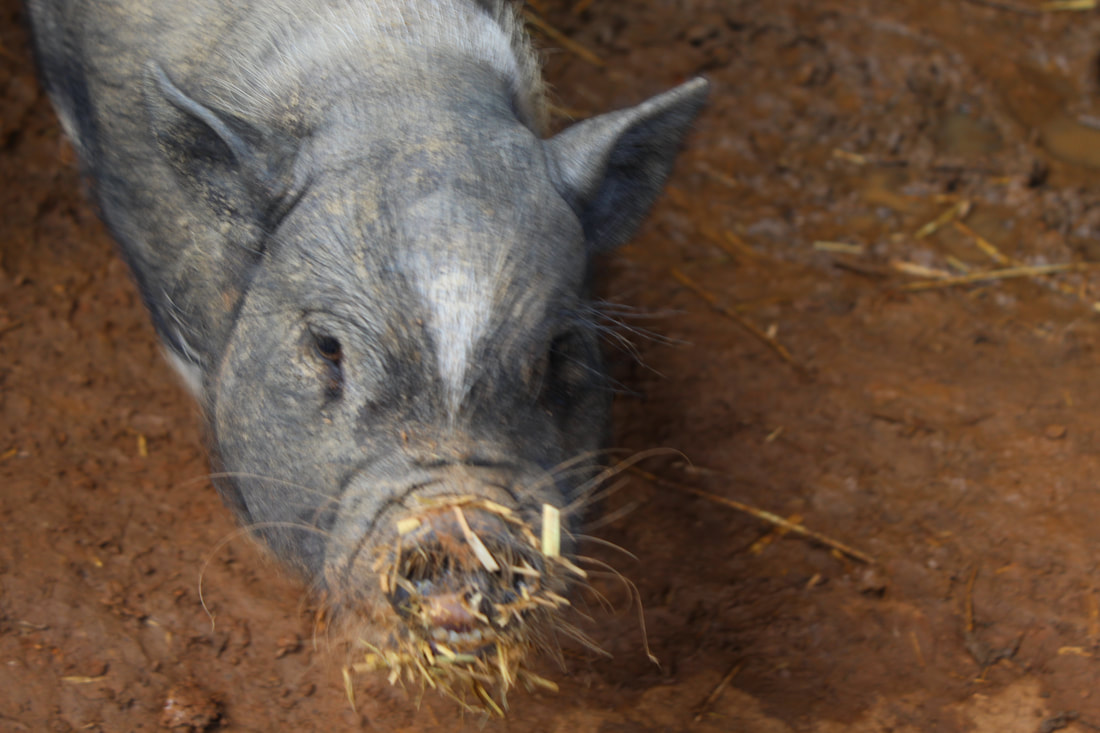
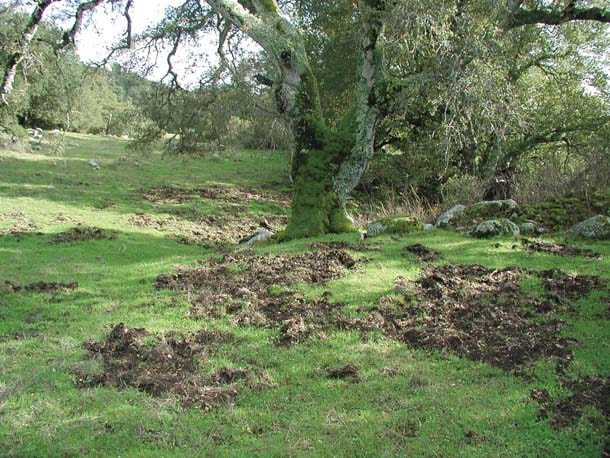
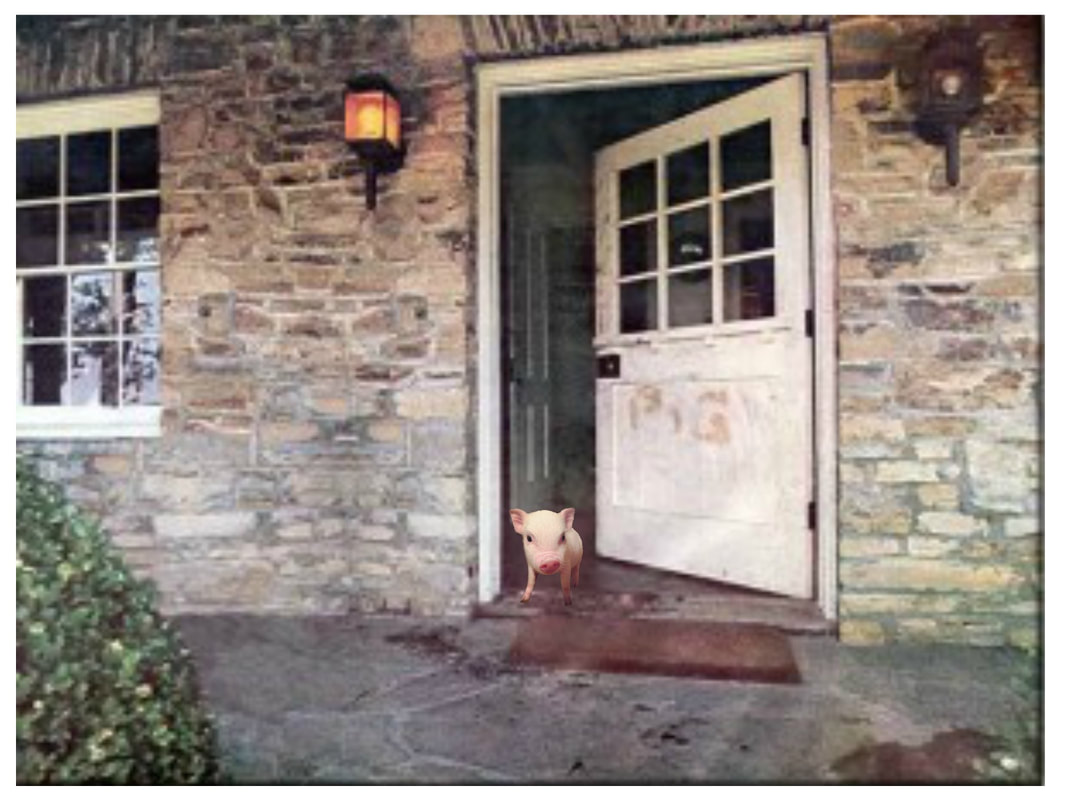
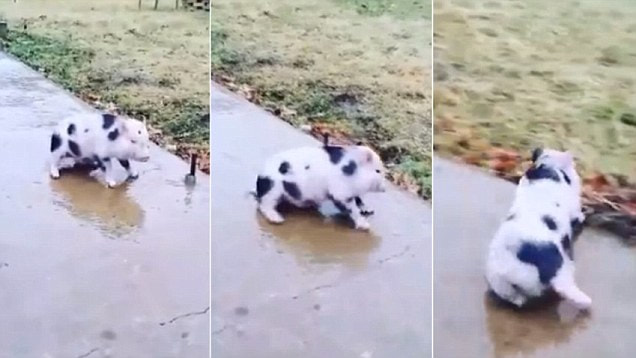
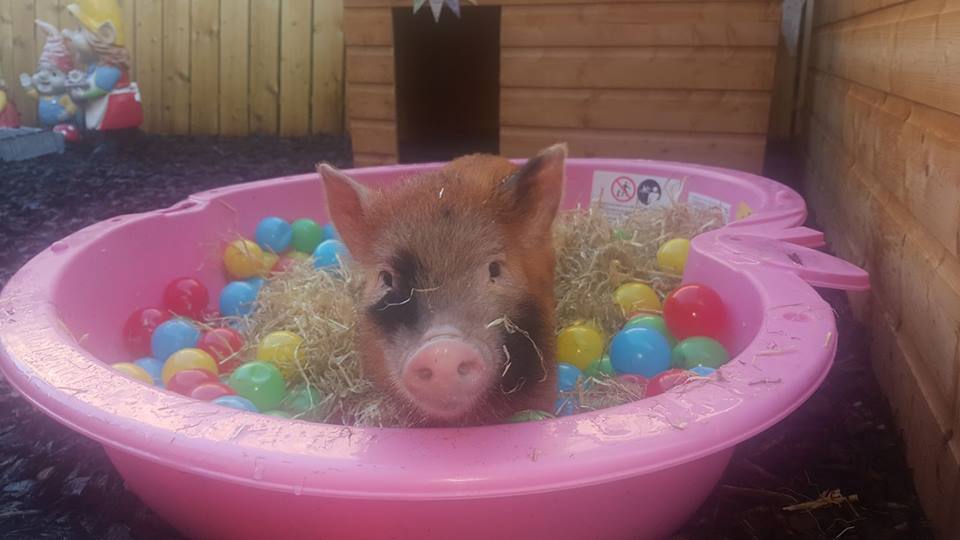
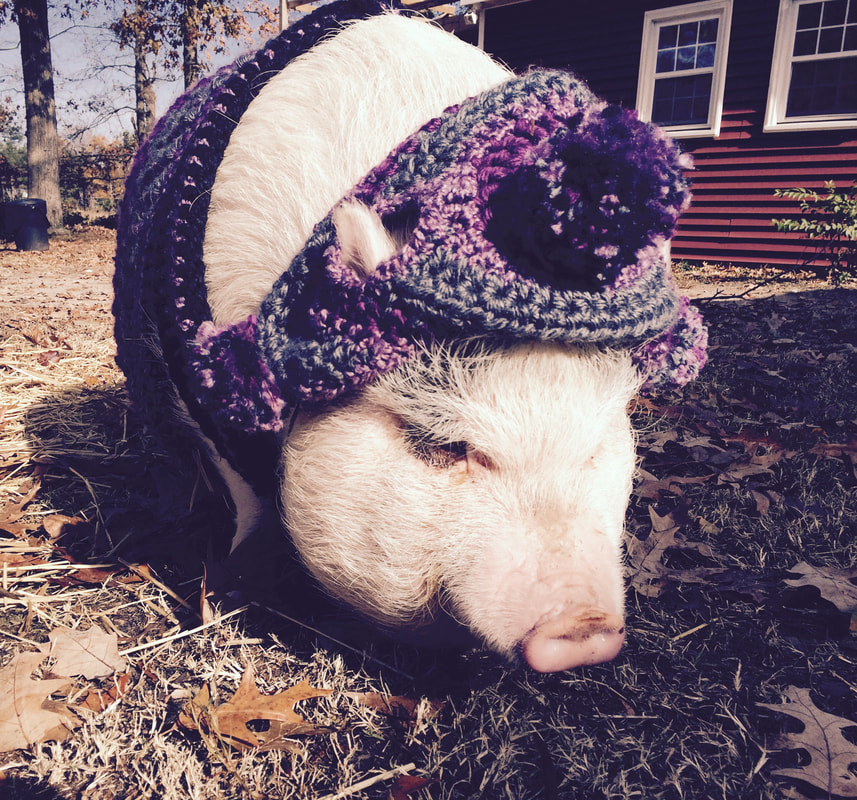


 RSS Feed
RSS Feed